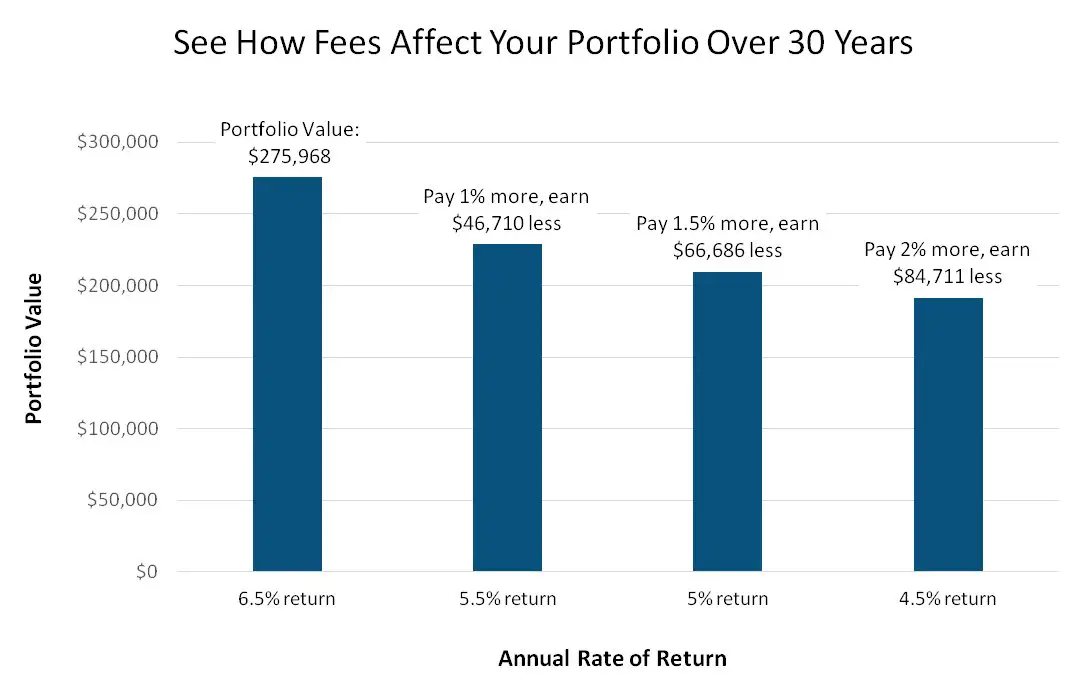Are you looking for ways to save money on childcare? Well, you’re in luck! In this article, we’re going to share some fantastic tips for saving money on childcare without compromising the quality of care your child receives. We understand that childcare expenses can be a significant burden on your budget, but fear not – we have some practical and effective strategies that will help lighten the financial load. So, whether you’re a working parent or just in need of occasional childcare, keep reading for valuable insights and actionable solutions to make childcare more affordable.
Tips for Saving Money on Childcare
Childcare costs can be a significant financial burden for many families. Whether you are a working parent or need occasional childcare services, finding ways to save money on childcare can help alleviate some of the financial stress. In this article, we will explore various tips and strategies to help you reduce childcare expenses without compromising on the quality and safety of your child’s care.
1. Consider Alternatives to Traditional Daycare
Traditional daycare centers can be expensive, especially if you require full-time care. Exploring alternative childcare options can help you save a significant amount of money. Here are a few alternatives to consider:
- Family and Friends: Reach out to trusted family members or friends who may be willing to provide childcare at a lower cost or even for free.
- Nanny Sharing: Consider sharing a nanny with another family. This allows you to split the cost of the nanny’s salary, making it more affordable.
- Au Pair: An au pair is a young person from another country who lives with your family and provides childcare in exchange for room, board, and a small stipend. This can be a cost-effective option compared to traditional daycare.
- Babysitters: Hiring a babysitter for occasional childcare needs can be more cost-effective than enrolling your child in full-time daycare. Look for local babysitting services or ask for recommendations from trusted sources.
2. Utilize Workplace Benefits
Many employers offer childcare benefits or assistance programs to help ease the financial burden of childcare for their employees. Be sure to explore the following options:
- Flexible Spending Accounts (FSAs) or Dependent Care Accounts (DCAs): These accounts allow you to set aside pre-tax dollars to use towards childcare expenses, reducing your taxable income and saving you money.
- Employee Assistance Programs (EAPs): Some companies provide EAPs that offer resources and financial assistance for employees facing childcare challenges. Check with your HR department to see if your company offers this benefit.
- Childcare Vouchers or Subsidies: Inquire about any childcare voucher or subsidy programs your employer may offer. These programs can help offset a portion of your childcare costs.
- On-Site Childcare: If your workplace provides on-site childcare facilities, take advantage of these services. On-site childcare is often more affordable and convenient.
3. Seek Financial Assistance
Various organizations and government programs offer financial assistance to families in need. Here are a few options to explore:
- Childcare Subsidies: Check with your local government agencies to see if you qualify for childcare subsidies. These programs are designed to help low-income families cover the cost of childcare.
- Nonprofit Organizations: Some nonprofit organizations provide financial aid or scholarships specifically for childcare expenses. Research and reach out to these organizations to see if you qualify for any assistance.
- Tax Credits: Investigate available tax credits like the Child and Dependent Care Credit. Consult with a tax professional to ensure you are taking full advantage of these credits.
4. Consider Co-Op Daycares
Cooperative (Co-op) daycares are run by parents who take turns caring for the children. By actively participating in running the daycare, parents can significantly reduce childcare costs. Co-op daycares are often more affordable than traditional daycare centers and provide parents with greater control and involvement in their child’s care.
5. Explore Part-Time or Flexible Schedule Options
If your work schedule allows, consider enrolling your child in part-time daycare or exploring flexible scheduling options. Reducing the number of days or hours your child spends in daycare can result in substantial savings over time. Some parents may also be able to adjust their work hours to overlap with their partner’s schedule, minimizing the need for extra childcare.
6. Take Advantage of Free or Low-Cost Childcare Resources
In addition to formal childcare options, there are often free or low-cost resources available in communities. These resources can provide temporary or occasional childcare when you need it. Some examples include:
- Community Centers or Libraries: Many community centers and libraries offer free or low-cost childcare services during certain hours. Take advantage of these programs when they align with your needs.
- Mother’s/Father’s Day Out Programs: These programs typically offer affordable part-time care for a few hours a day, allowing parents to run errands or attend appointments.
- Religious Organizations: Some churches or religious organizations provide childcare services at little to no cost. Check with your local organizations to see if they offer such programs.
7. Plan Ahead and Budget
Creating a budget and planning for childcare expenses can help you save money in the long run. Consider the following tips:
- Start Saving Early: If you know you will need childcare in the future, start setting aside money as early as possible. Even small monthly savings can add up over time.
- Track Your Expenses: Keep a record of all your childcare-related expenses. This will help you identify areas where you can cut costs and find areas of overspending.
- Explore Tax Benefits: As mentioned earlier, familiarize yourself with available tax credits and deductions related to childcare expenses. Keep all necessary documentation and receipts to maximize your tax savings.
- Consider Financial Planning Services: If you find budgeting and saving challenging, consider seeking advice from a financial planner who specializes in family finances. They can help you create a personalized plan to save for childcare costs.
By implementing these tips and strategies, you can significantly reduce the financial impact of childcare expenses on your family budget. Remember, it’s essential to find a balance between cost-saving measures and the quality and safety of your child’s care. Explore different options, assess your needs, and choose the approach that best suits your family’s circumstances. With careful planning and research, you can successfully save money on childcare without compromising your child’s well-being.
How to Save on Childcare
Frequently Asked Questions
Frequently Asked Questions (FAQs)
Q1: How can I save money on childcare without compromising my child’s well-being?
A1: There are several ways you can save money on childcare while ensuring the well-being of your child. Consider exploring options such as sharing a nanny or babysitter with another family, joining a cooperative daycare, or opting for part-time childcare instead of full-time.
Q2: Are there any government assistance programs available to help with childcare costs?
A2: Yes, there are government assistance programs that can help reduce the financial burden of childcare. Programs like the Child Care Assistance Program (CCAP) or Child Care Subsidy provide subsidies to eligible families based on their income levels and other criteria.
Q3: How can I find affordable childcare options in my area?
A3: To find affordable childcare options in your area, you can start by reaching out to local daycare centers, family daycare homes, or licensed child care providers. Additionally, websites and apps like Care.com or Sittercity can help you search for affordable and reliable childcare options.
Q4: Are there any tax deductions or credits available for childcare expenses?
A4: Yes, you may be eligible for tax deductions or credits related to childcare expenses. The Child and Dependent Care Credit (CDCC) allows you to claim a percentage of your childcare expenses as a credit on your tax return. Consult a tax professional or the IRS website for more information.
Q5: What are some alternatives to traditional daycare that can help me save money?
A5: Consider alternative childcare options such as enrolling your child in a cooperative preschool, hiring a nanny or babysitter for shared care, or exploring the option of flexible work schedules that allow you to spend more time with your child.
Q6: How can I negotiate childcare costs with a daycare center or provider?
A6: When discussing childcare costs with a daycare center or provider, be open about your budget constraints and ask if there are any discounts, flexible payment plans, or scholarship programs available. Some providers may be willing to negotiate based on your specific situation.
Q7: Are there any community resources or organizations that can assist with childcare expenses?
A7: Yes, there are community resources and organizations that can provide assistance with childcare expenses. Local churches, non-profit organizations, or community centers often have programs to help families with financial constraints. Reach out to them for potential support options.
Q8: What are some cost-saving strategies for balancing work and childcare?
A8: To save money on childcare while balancing work commitments, you can explore options like telecommuting, flexible work arrangements, or working from home part-time. Additionally, consider coordinating childcare sharing with other working parents in your community.
Final Thoughts
In conclusion, implementing a few strategies can help you save money on childcare. Firstly, consider sharing a nanny or organizing a cooperative system with other parents in your community. This will allow you to split the costs and still receive quality care. Secondly, explore options for flexible work schedules or remote work arrangements that can reduce the need for full-time childcare. Additionally, researching and comparing different childcare providers can help you find more affordable options without compromising on safety and quality. Finally, take advantage of tax breaks and government subsidies for childcare expenses. By following these tips for saving money on childcare, you can ensure that your child receives the care they need while keeping your finances in check.



